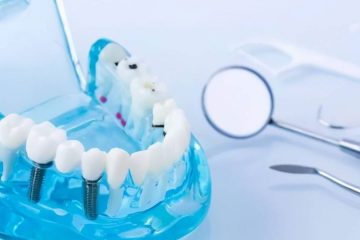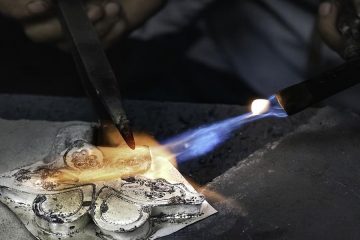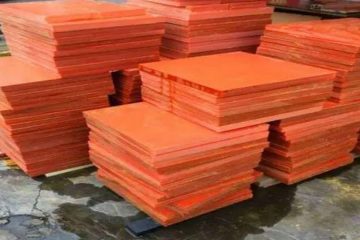The so-called Kovar alloy is KOVAR alloy, also known as Kovar alloy. It is an iron-nickel-cobalt alloy with a density of 8.36g/cm3; between 20 and 500°C, its linear expansion coefficient is equivalent to that of glass and ceramics. Next, the editor of Suzhou Jiamaide will also talk to you about the principles and usage occasions of Kovar alloy processing.
The Principle Of Kovar Alloy Machining
Most metals cannot be sealed with glass because they have a different coefficient of thermal expansion than glass, so after the joint cools the joint cracks due to stresses caused by the different expansion rates of glass and metal. The non-linear thermal expansion curve of Kovar machining can often be matched to that of glass, allowing the joint to accept a wide temperature range.
Chemically, Kovar is bonded to glass through an intermediate oxide layer of nickel oxide and cobalt oxide; the strength of the bond is highly dependent on the thickness of the oxide layer. Because of the recovery of cobalt, the proportion of iron oxide is lower, and the presence of cobalt makes it easier for the oxide layer to melt and dissolve in the molten glass. Judging from the color, gray, gray blue or taupe indicates good sealing; the metal color indicates lack of oxides, and black indicates that the alloy is over-oxidized, both of which will lead to weak joints.
Use occasions
Kovar machining principle achieves a tight mechanical connection between two materials within a certain temperature range. It is suitable for glass/ceramic-to-metal seals in scientific equipment, and conductors entering the glass envelope of electronic components, such as vacuum tubes (valves), X Ray and microwave tubes, transistors, diode integrated circuits, etc.


